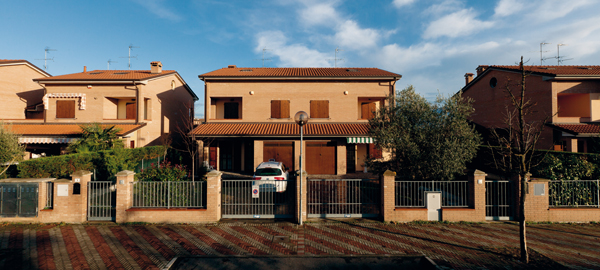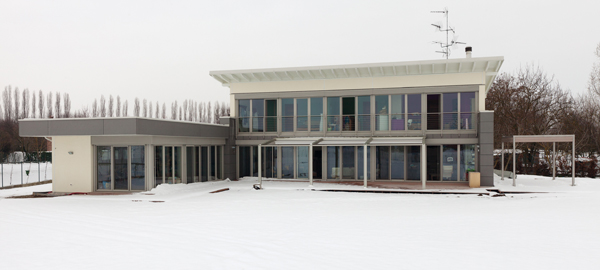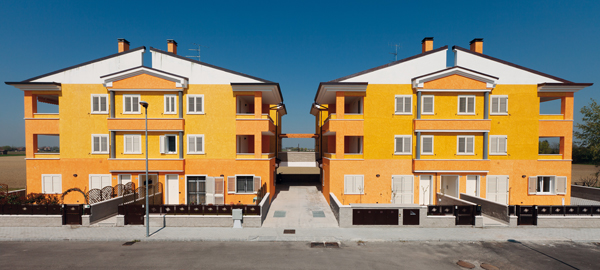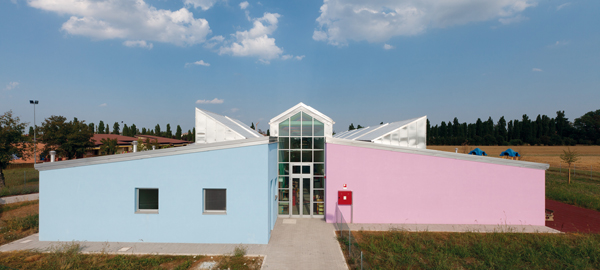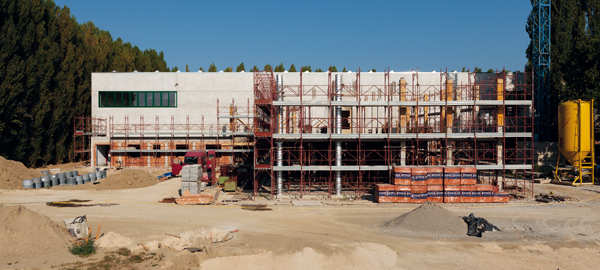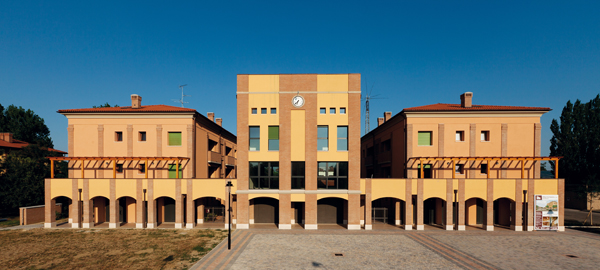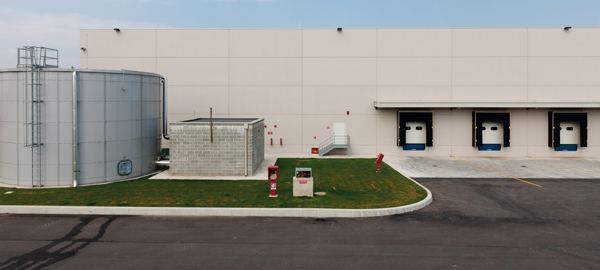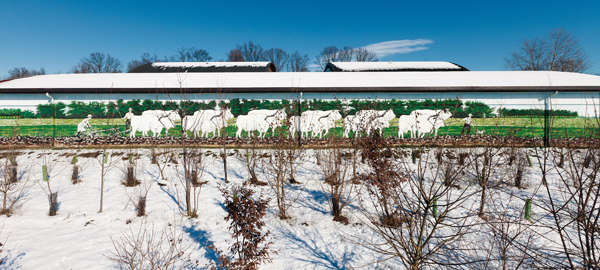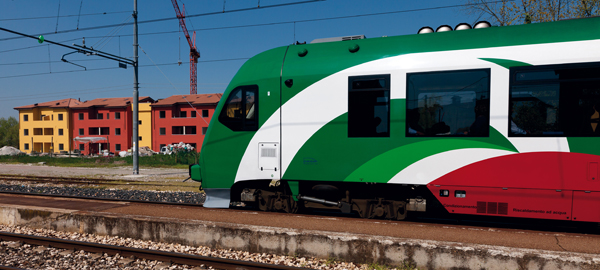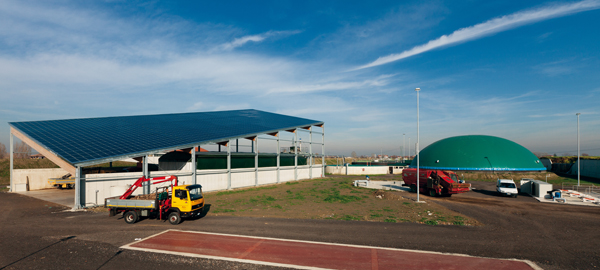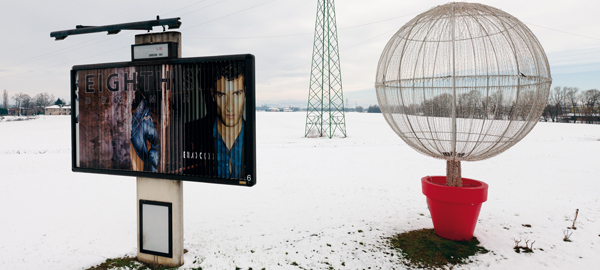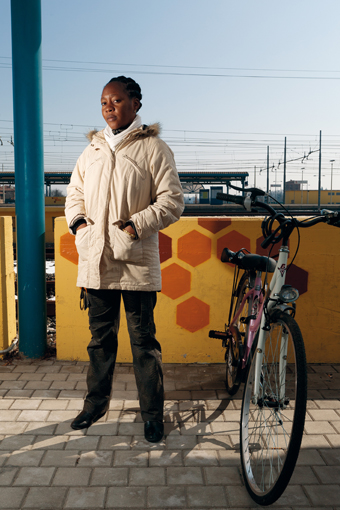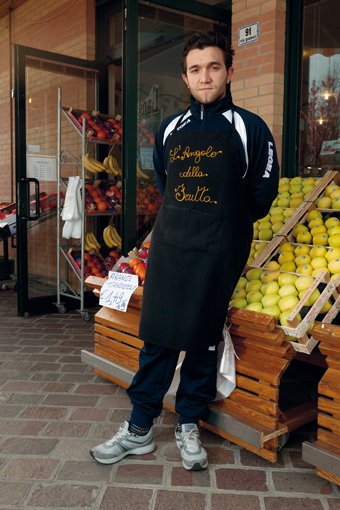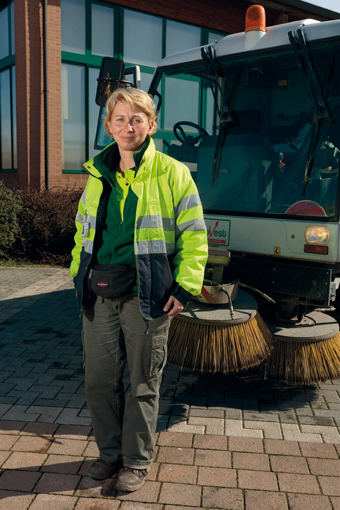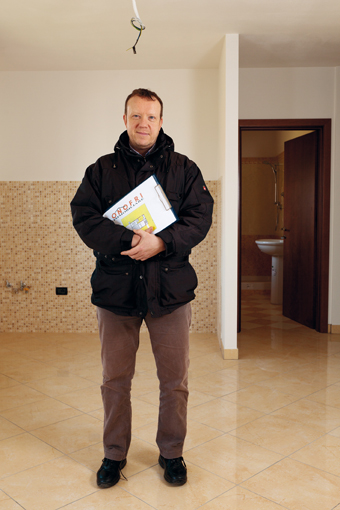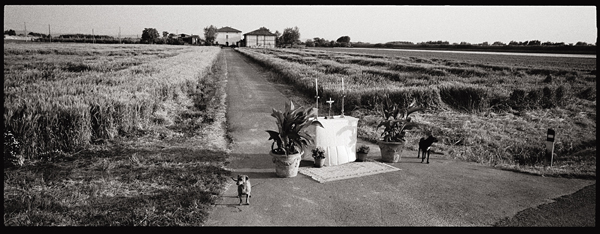La Bassa bolognese:
un’identità in trasformazione.
Bologna’s Lowlands are changing rapidly. During the last twenty years the “Bassa” has experienced a population growth never seen before in its long history. During this period the population has doubled and its identity is transforming. This photographic project hopes to contribute towards the debate on the sustainable development of the Lowlands and its emerging new identity. Urban Spread is a global phenomenon. The gradual urbanisation of land around our cities, their hinterland and what eventually become satellite towns is caused by many factors, not least market trends and variations in the prices of land. Even though Europe’s population is growing slower then that of other continents, in the last couple of decades, the European urban/rural divide is becoming evermore difficult to define as many urban dwellers choose to live beyond the suburbs, thereby pushing and blurring suburban edgelands.
New ‘Metropolitan Areas’ are developing around Europe’s cities, their satellite towns and along our main transport corridors. Consequently, local authorities are seeing their traditional roles change as the metropolitan areas expand both beyond and into their boundaries.
This project, part of a larger European study, aims to be a useful contribution in the debate, both local and international, around future sustainable urban/rural development.




